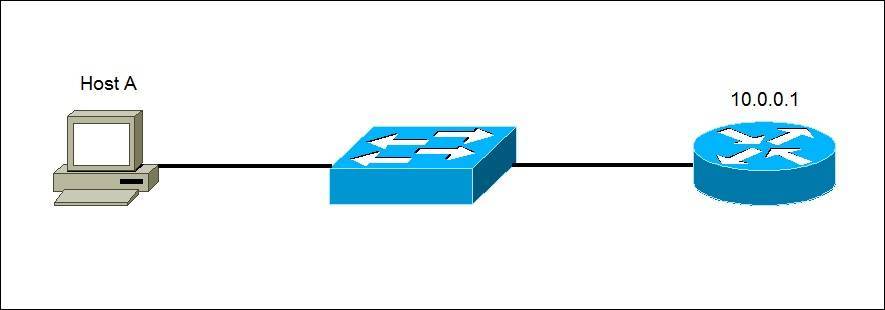Trivial File Transfer Protocol (TFTP)
Trivial File Transfer Protocol (TFTP) is a network protocol used to transfer files between hosts in a TCP/IP network. It is a simpler version of FTP and it doesn’t have all of its functions; for example, you can not list, delete, or rename files or directories on a remote server. In fact, TFTP can only be used to send and receive files between the two computers. TFTP doesn’t support user authentication and all data is sent in clear text.
The only real advantage that TFTP has over FTP is that it uses less resources. It is not widely used today, but Cisco does still use it on its devices, for example to backup a router’s IOS image.
Consider the following example:
A user wants to transfer files from Host A to the router R1. R1 is a Cisco device and it has a TFTP server installed. The user will start an TFTP client program and initiate the data transfer.




